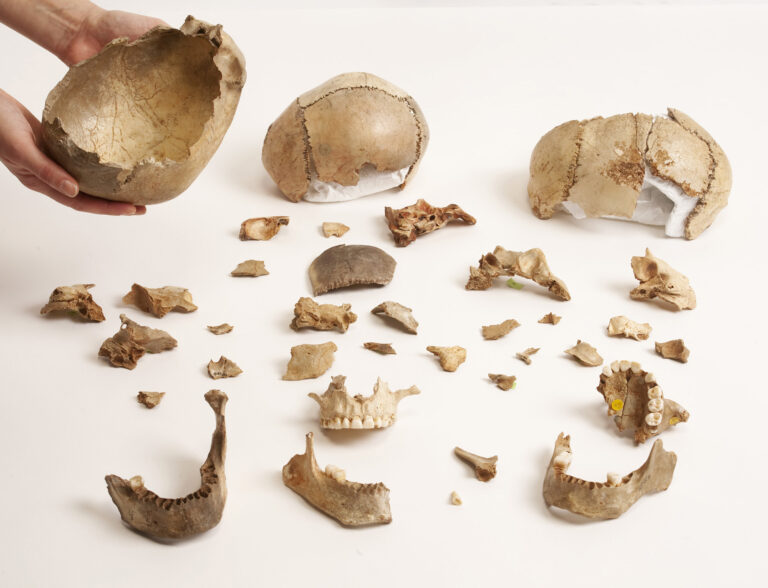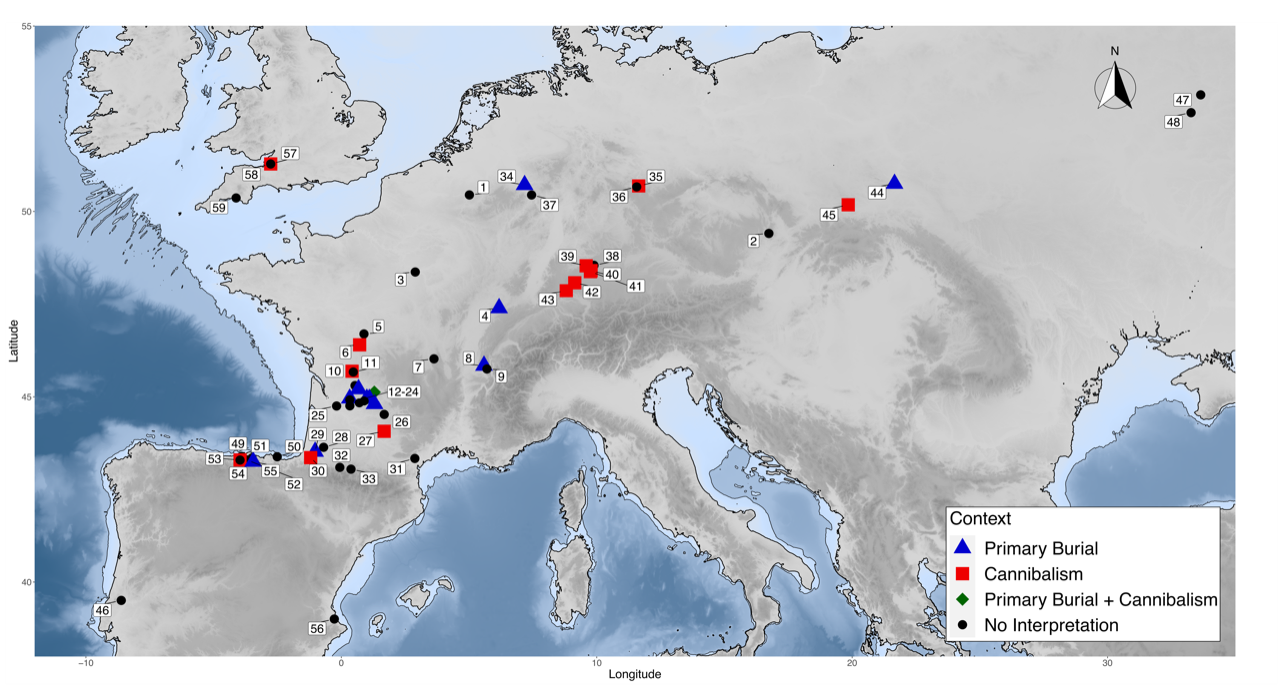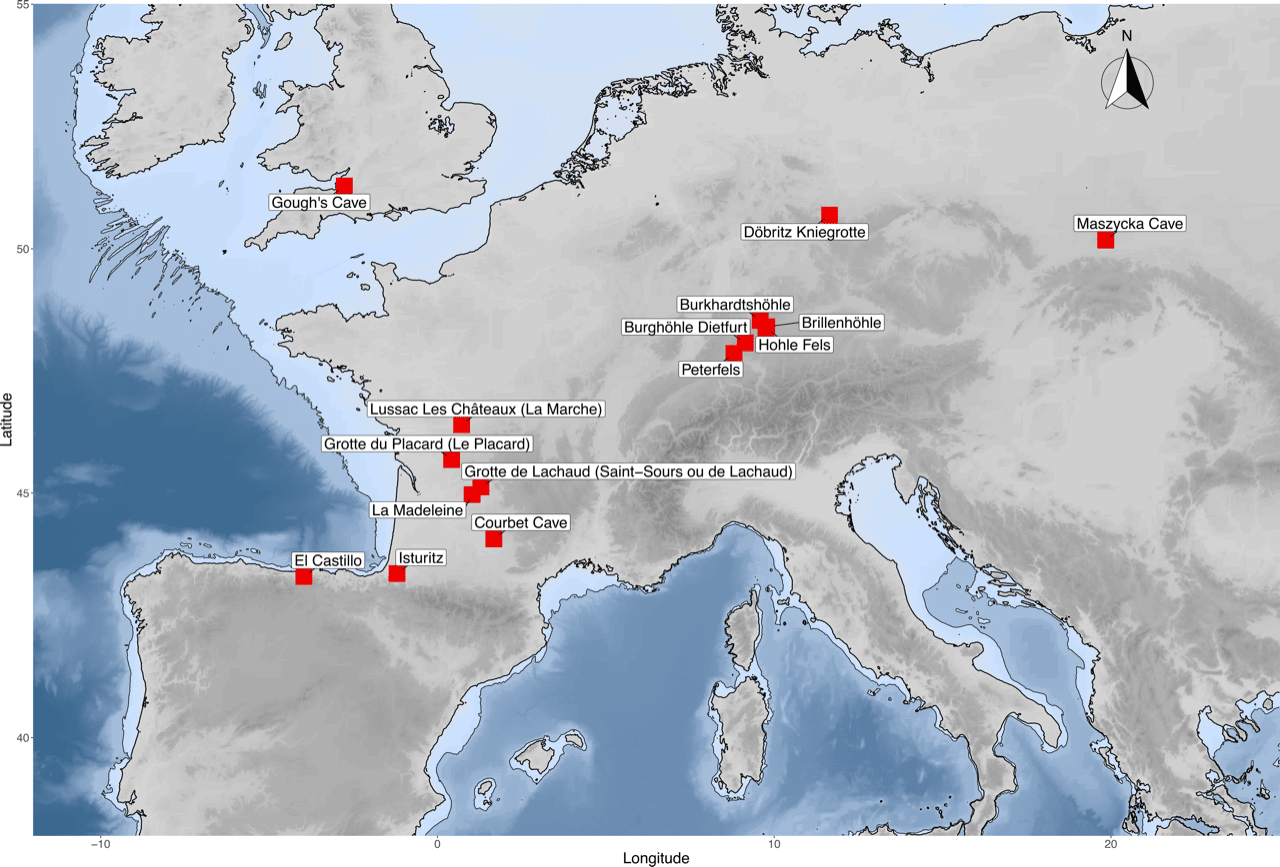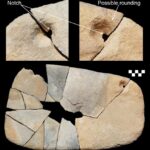Archaeological analysis identifies oldest evidence of Cannibalism as a Funerary Practice during the Magdalenian period
Leading Natural History Museum scientists discover cannibalism was a routine burial practice in Europe around 15,000 years ago.
Findings identify a link between funerary behaviour and genetic ancestry, offering new insights into human movement and behavioural change during the terminal Palaeolithic period in Europe.
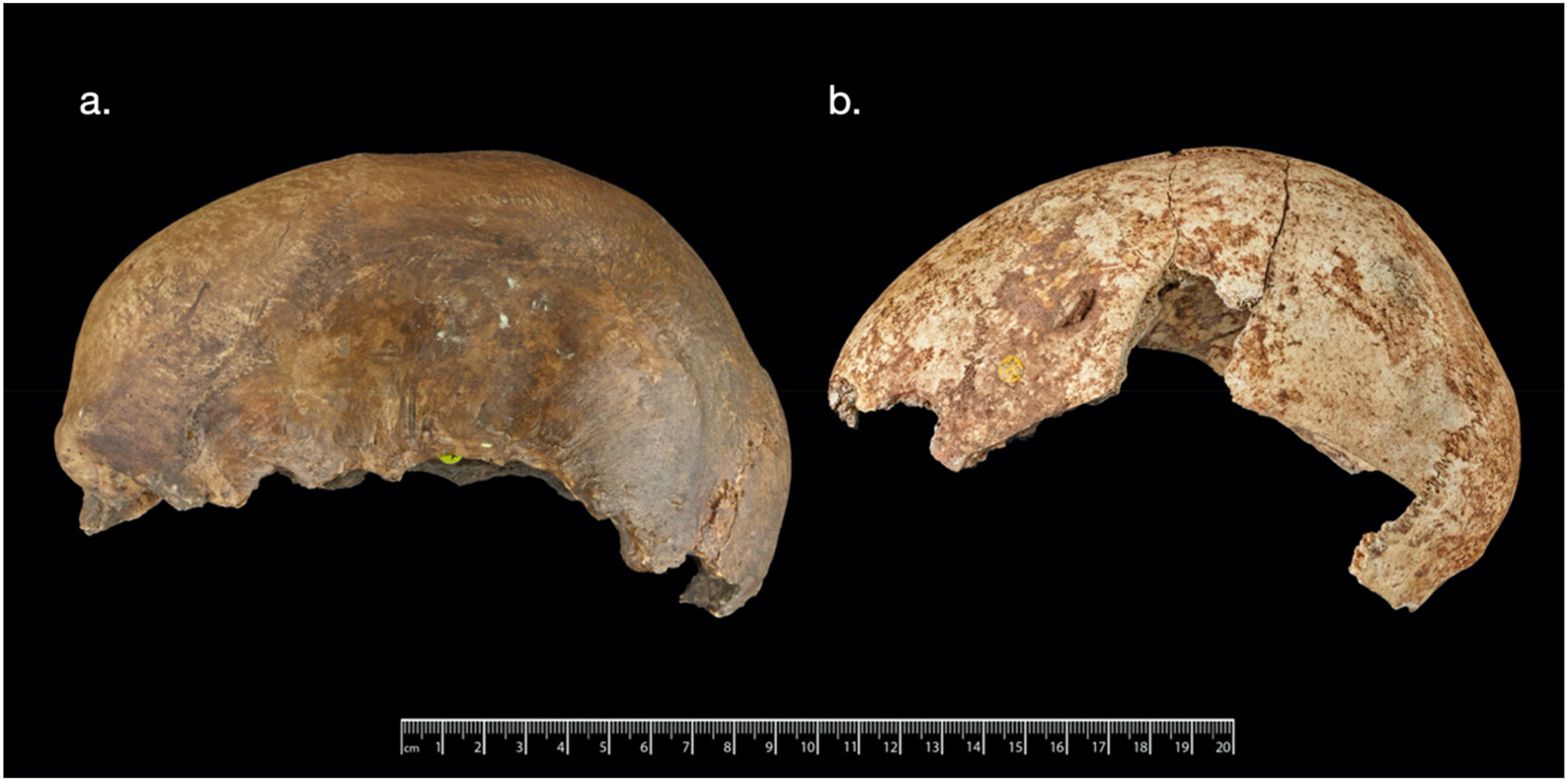
Leading researchers at the Natural History Museum (NHM) have found evidence to suggest that cannibalism was a customary funerary practice in Europe during the Magdalenian period. The study, published in Quaternary Science Reviews, analysed remains uncovered across Europe dating to the late Upper Palaeolithic (~15,000 years ago) and found those groups who practiced funerary cannibalism carried similar genetic ancestry.
Gough’s Cave, a famous Palaeolithic site located in Cheddar Gorge, is renowned for the discovery of three manipulated human skulls into the shape of cups alongside over 100 human bone fragments modified by cut-marks, breakage and human chewing marks, some specimens of which are currently housed at the Museum. Through a rigorous review of available archaeological evidence, the researchers suggest that this cannibalistic behaviour was seemingly common amongst Magdalenian human groups of northwestern Europe and that the discovery of cannibalism at Gough’s Cave was not an isolated incident.
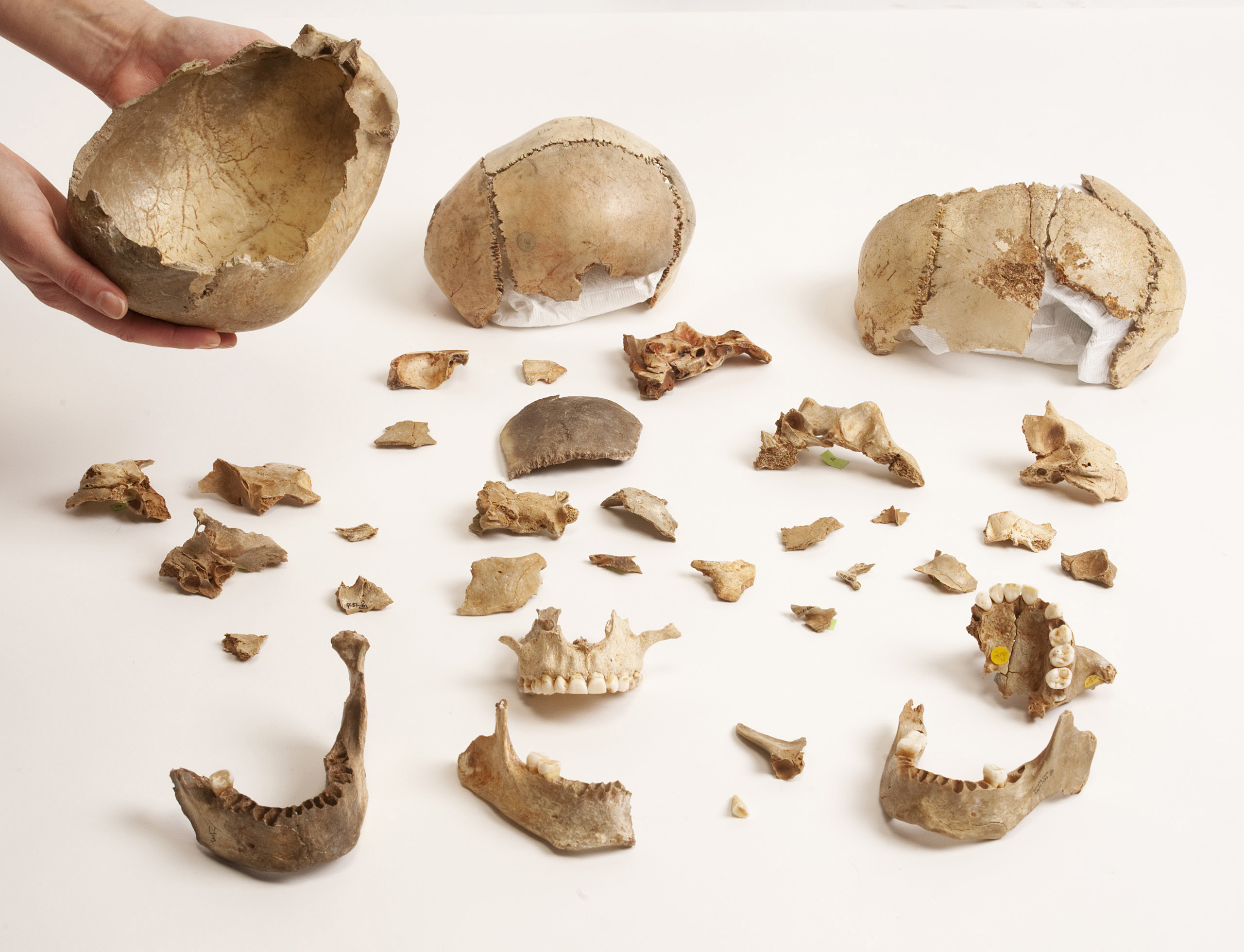
Dr Silvia Bello, Palaeoanthropologist and Principal Researcher at the NHM and joint first author of the study, said:
“We interpret the archaeological evidence that cannibalism was practiced on multiple occasions across northwest Europe over a short period of time as an indication that such behaviour was part of a funerary behaviour among Magdalenian groups, and not simply practiced out of necessity. That in itself is interesting, because it is the oldest evidence of cannibalism as a funerary practice so far known.”
However, not all Magdalenian sites show evidence of cannibalism. In some case, the bodies were deliberately buried, sometimes alongside grave offerings and cave art. Of the 59 sites of Magdalenian human remains identified across Europe, 13 showed evidence of cannibalism, 10 of primary burial and two of both behaviours.
As part of this study, genetic analysis of these sites remarkably suggests that all sequenced human remains from a cannibalised context show Magdalenian (GoyetQ2) related ancestry, and all sequenced individuals found in a primary burial context show genetic ancestry associated with Epigravettian human groups (Villabruna). The Epigravettian was the second distinct European culture of this time alongside the Magdalenian.
Whilst both cultures were present in Europe during this period, they were geographically distinct. As the practice of cannibalism ended and primary burials became more commonplace, this groundbreaking study theorises that this is due to the northward migration of individuals with Epigravettian associated ancestry and the effective replacement of those who carried Magdalenian associated ancestry and practiced funerary cannibalism. Therefore, an example of population replacement rather than the sharing of knowledge.
William Marsh, Postdoctoral Researcher at the NHM and joint first author of the study, said:
“To contextualise Gough’s Cave better, we reviewed all archaeological sites attributed to the Magdalenian culture. During the terminal time period of the Palaeolithic, you actually see a turnover in both genetic ancestry and funerary behaviour, indicative of population replacement as Epigravettian groups migrated northwards. We believe that the change in funerary behaviour identified here is an example of demic diffusion where essentially one population comes in and replaces another population and that brings about a change in behaviour.”
The Paper Cannibalism and burial in the late upper Palaeolithic: Combining archaeological and genetic evidence is published in the journal Quaternary Science Reviews.
Press release from the Natural History Museum.

